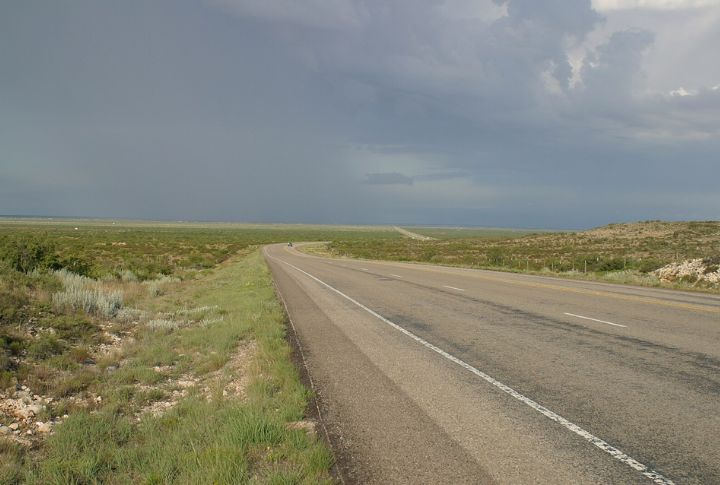
Drive far enough west in Texas, and the region starts to feel like a different country. It stretches out for miles with quiet towns, endless skies, and the kind of solitude that not everyone wants. Life moves differently out there, and not always in ways that make it easy to settle down. Here’s a closer look at why the western half stays mostly wide open.
Cultural And Geographic Barriers To Expansion
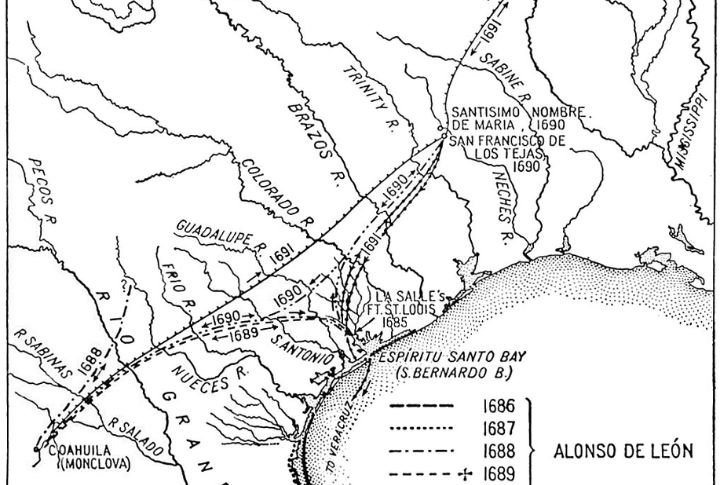
Historically, West Texas has posed challenges for settlement. Texas was home to tribes like the Comanche and Apache. They fought back hard against European settlers. Then, Spanish and Mexican settlers tried to farm the land, but conditions were too harsh. These historical struggles and harsh conditions still affect the area today.
Extreme Weather Conditions
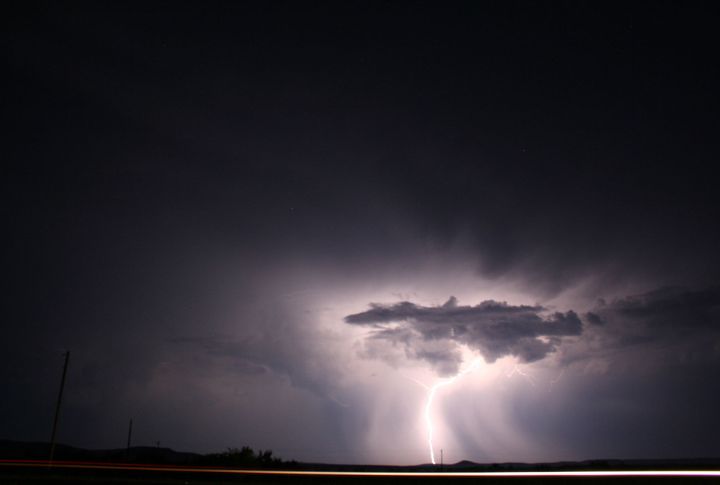
Living in West Texas isn’t easy. It experiences harsh weather conditions, including intense heat and prolonged droughts. Strong winds worsen the situation. Climate studies have also shown an increase in the frequency of heat waves and wildfires. The Rio Grande’s water levels are shrinking, which doesn’t help when rain is already scarce.
Water Woes And Failing Farms

Water’s running out in West Texas, and that’s bad news for farmers. The Ogallala Aquifer is drying up, and there just isn’t enough water to go around. On top of that, overuse and slow natural recharge are depleting it. Some sections could take thousands of years to recover. Groundwater salinity also adds another layer of trouble for farmers.
Oil And Gas Industry And Population Growth
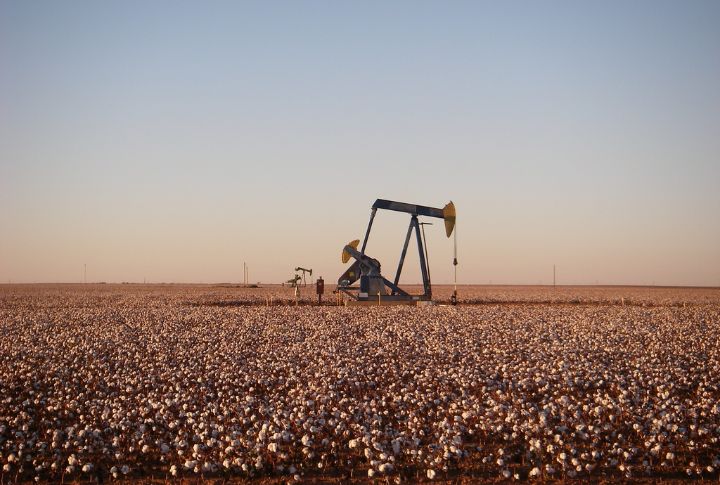
The Permian Basin produces massive amounts of oil—over 6 million barrels daily—yet permanent population growth remains limited. Many workers rotate in and out instead of settling. Poor infrastructure, housing shortages, and limited public services discourage long-term living, keeping the region’s population relatively low despite booming industry.
Digital Connectivity Gaps In West Texas
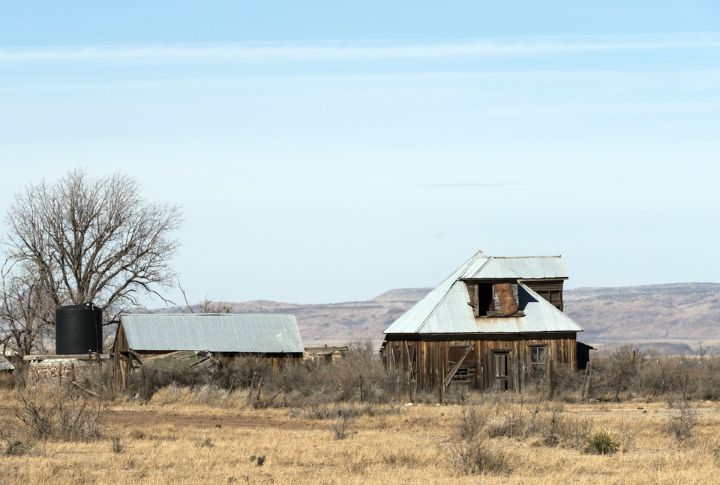
West Texas is lagging when it comes to digital access. Nearly 20 counties have no dependable broadband. That’s hurting schools, healthcare, and small businesses. State funding is on the way, but rural residents still pay much more than urban ones—sometimes four to five times as much for similar services.
Lack Of Basic Services
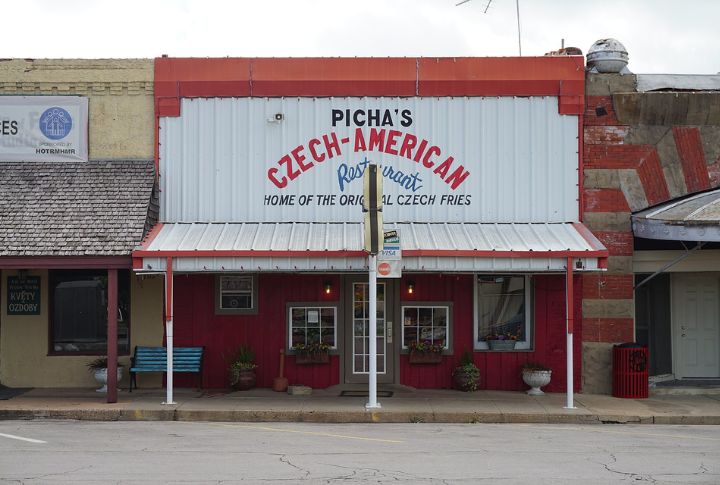
Housing may be cheaper in West Texas, but that’s where the savings end. Utilities and transportation eat up budgets quickly due to long distances. Plus, local options for healthcare or groceries are limited. Without access to basic services, rural living becomes more expensive than it seems on paper.
Few Major Cities
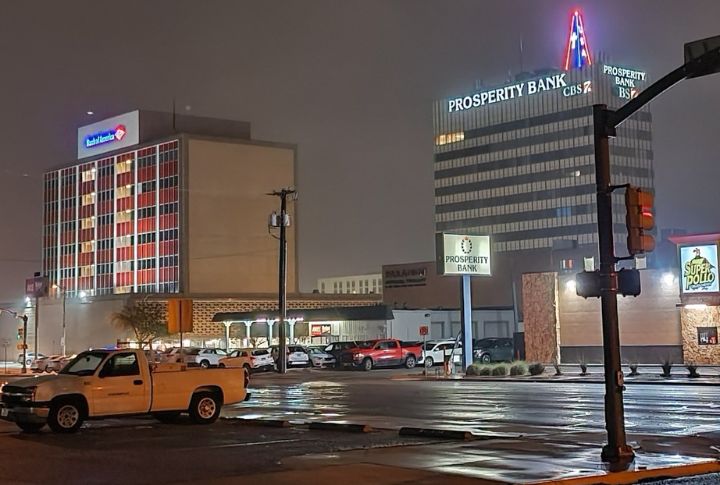
West Texas has far fewer major cities compared to the rest of the state. Aside from Midland, Odessa, and San Angelo, the region is largely rural. With limited industries beyond oil and agriculture, job opportunities remain sparse, making it harder for new residents to settle or for towns to expand.
Education Access
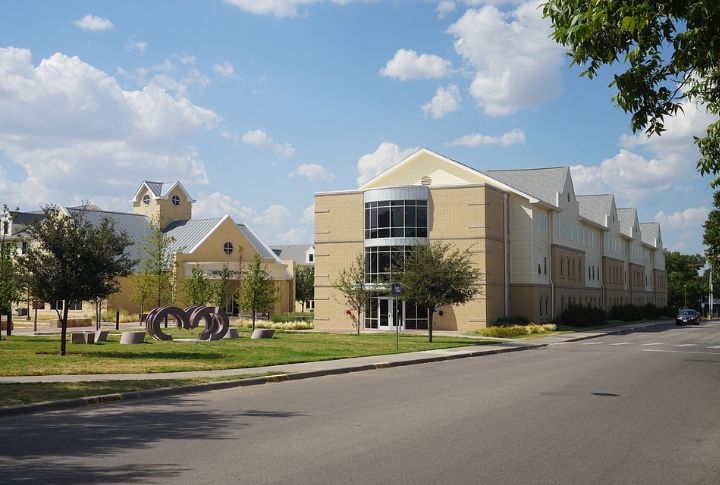
Higher education options in West Texas are few and far between. Most rural areas lack local colleges, so students travel far for training. Programs from Texas Tech and Angelo State help, and vocational centers like WTTC offer hands-on training. Still, many residents struggle with distance and limited options for career development.
Transportation And Infrastructure Challenges
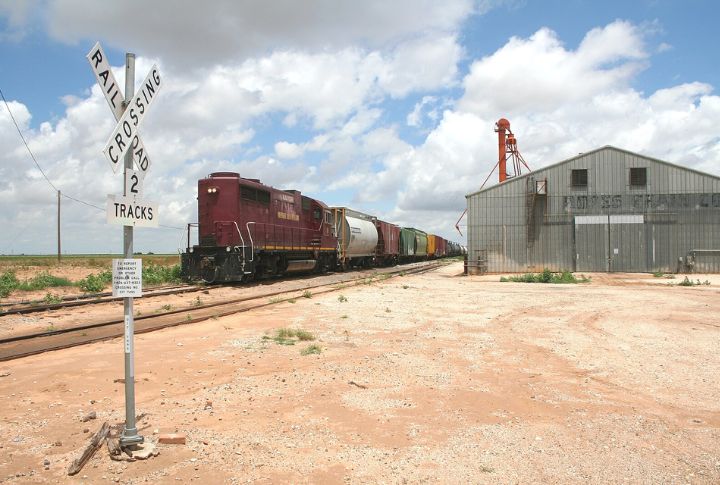
West Texas covers a lot of ground, but infrastructure hasn’t kept up. Many areas lack reliable roads or any public transit. The American Society of Civil Engineers notes Texas needs billions in upgrades, and rural regions like West Texas often get left behind in funding for roads, water systems, and transit solutions.
Social Isolation And Distance
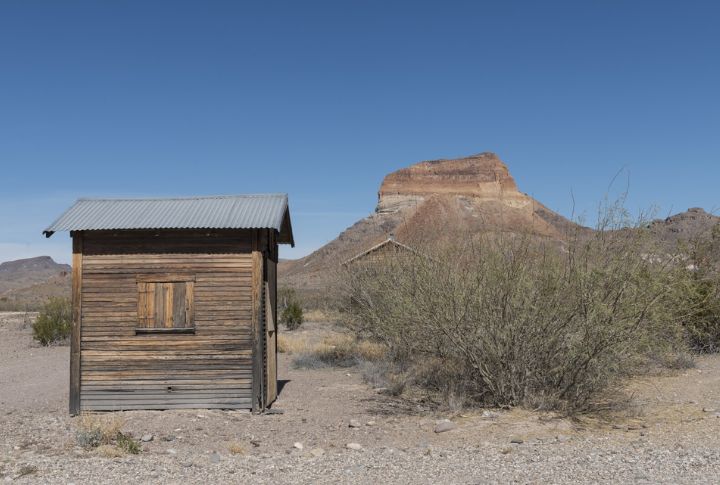
It’s hard to build momentum in a place where neighbors are miles apart. In West Texas, the West Texas Economic Development District is working on upgrades and training, but distance still slows population growth. Even with grants and programs, attracting long-term residents remains a major hurdle. For many, the isolation is still too much.
